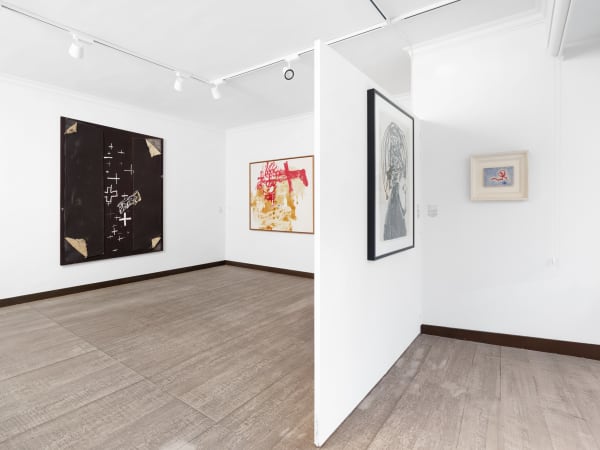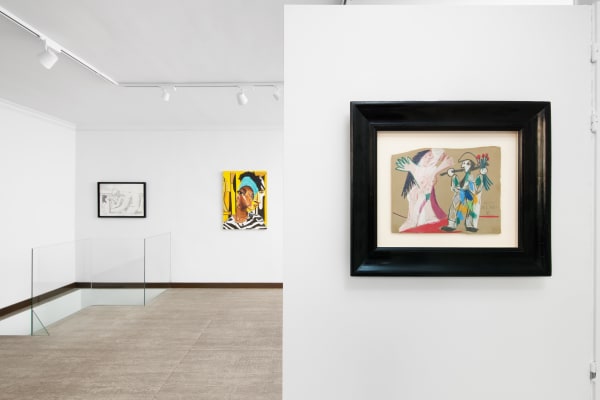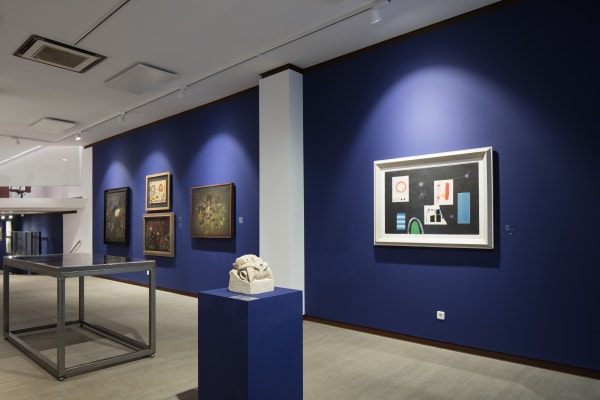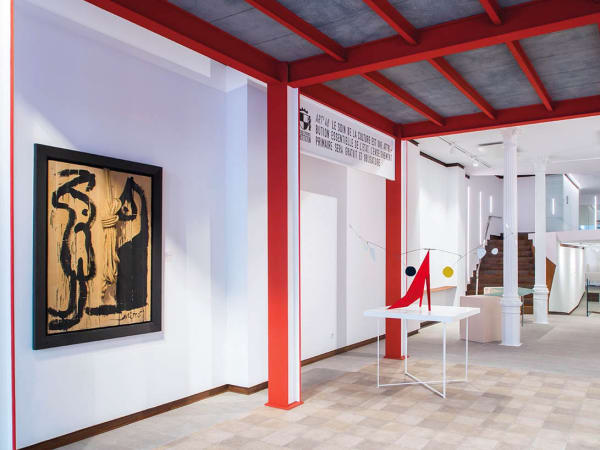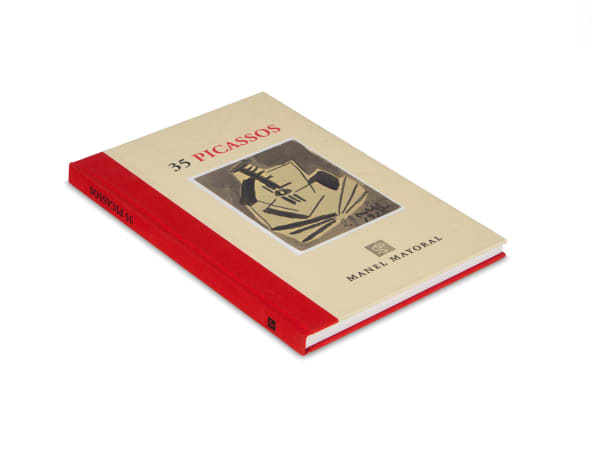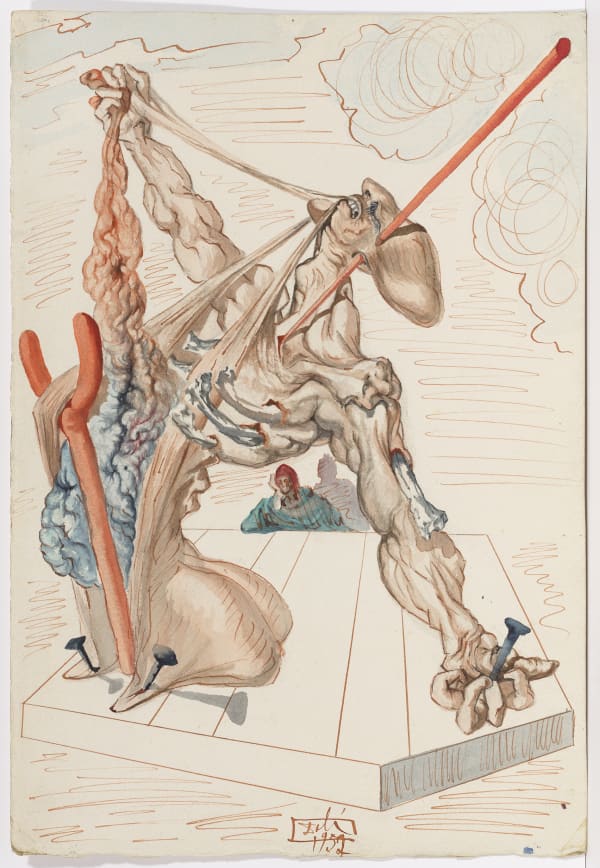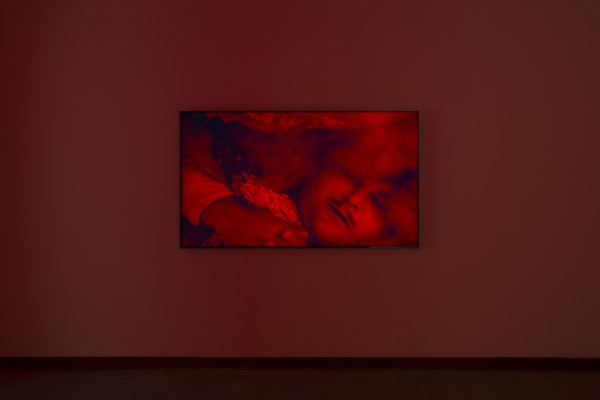Pablo Picasso Málaga, 1881-Mougins, 1973
“When I was a child, my mother said to me, 'If you become a soldier, you'll be a general. If you become a monk, you'll end up as the Pope.' Instead, I became a painter and wound up as Picasso.”- Pablo Picasso
-

Résistance et renaissance : l'art espagnol d'après-guerre
Paris 20 Oct - 20 Dec 2025At a time when history seems suspended and collective memory kidnapped by official silence, post-war Spanish art is offered not as a witness, but as a practice of material resistance...Read more -

Au-delà de l'horizon
Paris 24 Apr - 24 Jun 2025In this exhibition, the act of looking—of casting one’s gaze beyond the present moment—becomes a quest for something that transcends us to show a personal vision of the universe. The...Read more -

Albert Serra & Pablo Picasso. The King & The Musketeer
Paris 11 - 22 Feb 2025“The King & The Musketeer: the persistence of the performative body” is an exhibition in which the musketeer and the king remind us that the body is always a cultural...Read more -

RADICALLY UNIQUE, RADICALLY DIFFERENT
Barcelona 21 Nov 2024 - 15 Feb 2025If we champion difference rather than homogeneity, the 20th century appears to be a sequence of irreconcilable personalities. So unique that nothing links them. We could say that the systematic...Read more
-

Saura & Picasso. The weight of history
PARIS 9 Jan - 28 Feb 2024Under the curatorship of Kosme de Barañano, we are presenting an exhibition in Paris dedicated to the artist Antonio Saura (Huesca, 1930 - Cuenca, 1998), underlining the importance of Pablo...Read more -

Post Picasso
PARIS 7 Sep - 6 Oct 2023PABLO PICASSO - ARJEN - JULIO ANAYA - ALEXA GUARIGLIA - LEO PARK - ROBERT POKORNY- ALIM SMITH - ADAM ŠTECHRead more
The exhibition "Post Picasso," planned and conceptualized together with Saša Bogojev, showcases the works of six artists from diverse backgrounds, exploring and reinterpreting the artistic legacy of Pablo Picasso. -

Picasso. Human Landscapes
BARCELONA 18 Jan - 18 Mar 2023Mayoral presents an exhibition devoted to Pablo Picasso (Málaga, 1881 – Mougins, 1973) which highlights how the artist’s optimal field of experimentation was the human figure. A selection of seven...Read more -

Zóbel and the Great Post-War Generation
MADRID 12 - 21 Mar 2021Mayoral’s first exhibition in Madrid, ‘Zóbel and The Great Post-War Generation’, will be held from the 11th to 21st March at the Fundación PONS. The exhibition brings together more than...Read more
-

The Space of Dreams
BARCELONA 12 Sep 2017 - 5 Jan 2018Through an accurate selection of works of art, the exhibition shows the importance that the dream has had as a constructor of the artistic language of the 20th century to...Read more -

The Space of Dreams
CADAQUÉS 21 Jul - 15 Aug 2017Through an accurate selection of works of art, the exhibition shows the importance that the dream has had as a constructor of the artistic language of the 20th century to...Read more -

Art Revolutionaries
LONDON 18 Jan - 10 Feb 2017Galeria Mayoral presents 'Art Revolutionaires', a museum quality artistic project featuring works by Pablo Picasso, Joan Miró, Alexander Calder and Julio González in London. “Art Revolutionaries” is an exhibition whose...Read more -

Art Revolutionaries
BARCELONA 12 Sep 2016 - 7 Jan 2017Galeria Mayoral presents 'Art revolutionaires', a museum quality artistic project featuring works by Pablo Picasso, Joan Miró, Alexander Calder and Julio González in Barcelona. 'Art Revolutionaries' is a historically accurate...Read more
-

The Space of Dreams
2017Hardcover, 182 pagesRead more
Publisher: Mayoral Investigació
Dimensions: 16 x 22 cm -

Art Revolutionaries
2016Hardcover, 253 pagesRead more
Publisher: Mayoral Investigació
Dimensions: 30x60 cm -
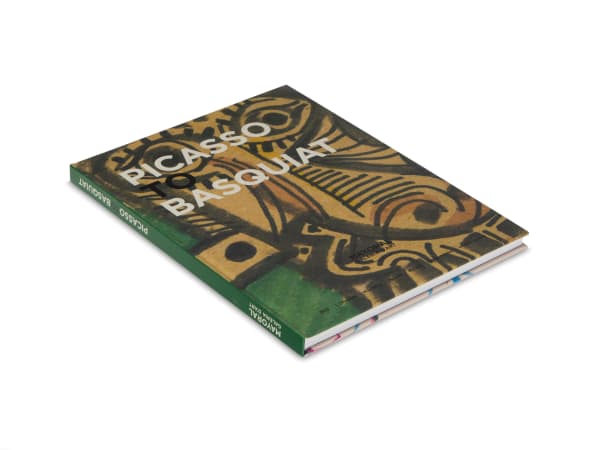
Picasso to Basquiat
2013Hardcover, 135 pagesRead more
Publisher: Mayoral Investigació
Dimensions: 31.7 x 24 cm -
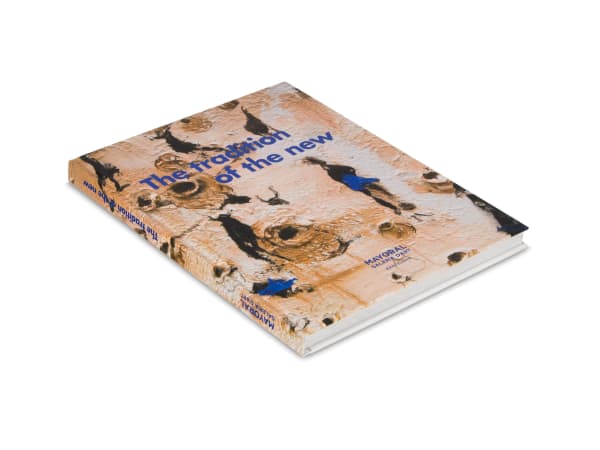
The tradition of the new
2011Hardcover, 152 pagesRead more
Publisher: Mayoral Investigació
Dimensions: 31.7 x 24.5 cm cm
-

La Monnaie vivante
What can a body do? If everything is reduced to mere merchandise, how can we be a body that does not put exchange value before use value?. Text by Pedro G. Romero September 15, 2025La monnaie vivante is the title of an essay and a series of performative and photographic works promoted by Pierre Klossowski in 1970. Michel Foucault...Read more -

Radically unique, radically different
Carles Guerra presents a great show that mixes the 20th and 21st centuries, with the occasion of the 35th anniversary of the Galeria Mayoral November 18, 2024Catalan version Spanish version Galeria Mayoral is celebrating 35 years devoted to modern and contemporary art. The brilliant artists from the most iconic avant-garde share...Read more -

Picasso. The Human Landscape
Victoria Combalía presents the pieces in the exhibition "Picasso. The Human Landscape" at Galeria Mayoral, Barcelona February 8, 2023Victoria Combalia, curator of the exhibition, makes a video-tour of the exhibition presenting the pieces. PICASSO. THE HUMAN LANDSCAPE / 18.1 — 18.3.2023 Mayoral presents...Read more



